Shooting Strings are a personal preference every player can change when adjusting or stringing a lacrosse stick. If you’re a stringer it’s good to keep this in mind because every player has a different style. I always ask players who’s sticks I string, ‘What has worked in the past for you?’ to get a good idea of what they like.
Table of Contents
Lacrosse Shooters
Based on how you string your sidewall pattern, you have created a channel and placed your lacrosse pocket that controls the release. Not all shooting string styles will work on every lacrosse pocket, so experimenting is necessary. If you have a tight channel then you won’t be able to have a lot of shooting strings, or the ball will whip down. If you have a wider channel, then you will probably want more shooters for added hold.
Lacrosse Shooting String Rule: “The 4-inch shooting string rule” -For both NCAA and NFHS, measuring from the top of the scoop, you can’t have any shooters past the 4-inch mark. View all Lacrosse Stringing Rules.
Lacrosse Pockets Have Catch Points
Take the StringKing Complete 2 stick that we were sent for example. This is a universal pocket that StringKing equips on all of their Legend heads. To demonstrate this example, I took the shooting strings out but have included an original photo below.
Original Stringing on the StringKing Legend Lacrosse Head

Time to Take the Shooters out
As I press the lacrosse ball into the pocket to test the catch point you can see where the pocket depth comes to an end and sharply declines. This point in the pocket is demonstrated by the solid red line across the pocket. Now for most players, if you add a shooting string below that row it will be too whippy. This is because the lacrosse mesh needs to expand when the ball hits that point and if a shooting string is there it will restrict it.
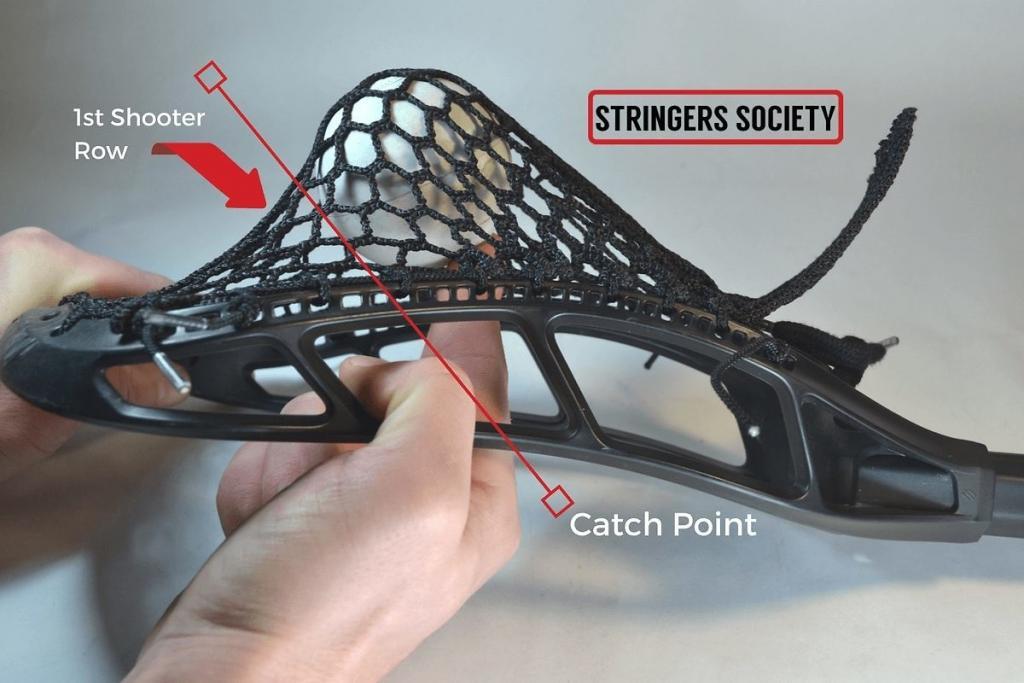
Where StringKing Places Shooting Strings
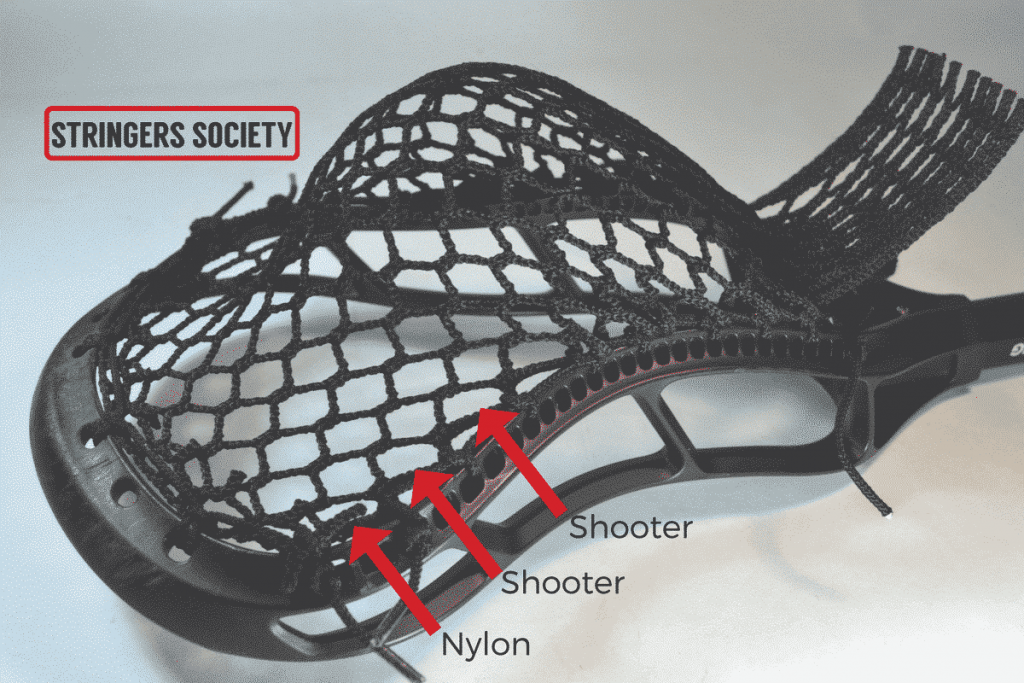
Lacrosse Shooting String Tips
Shooting strings come in three types of materials which are: cotton, synthetic (cotton polyester blend), and hockey lace. I have found through personal experience that I prefer cotton lacrosse shooting strings over every other option. I will use synthetic on traditional strung sticks but avoid using them with mesh. This does not mean that this will be the case for your preferences so experiment and try them all!
Lacrosse Shooting String Styles
There are many different styles of shooting strings that you can use or experiment when stringing your lacrosse stick. Traditionally, straight weaved shooting strings have been the most popular since the rules in NFHS and NCAA have banned U and V styles. This has been a problem for some lacrosse players, but others have embraced the change and use no shooter like Matt Gibson.
Weaved Shooting Strings
The most common way lacrosse players string their shooting strings is the weaved style. This style allows for players to easily and quickly adjust the tension of the shooters.
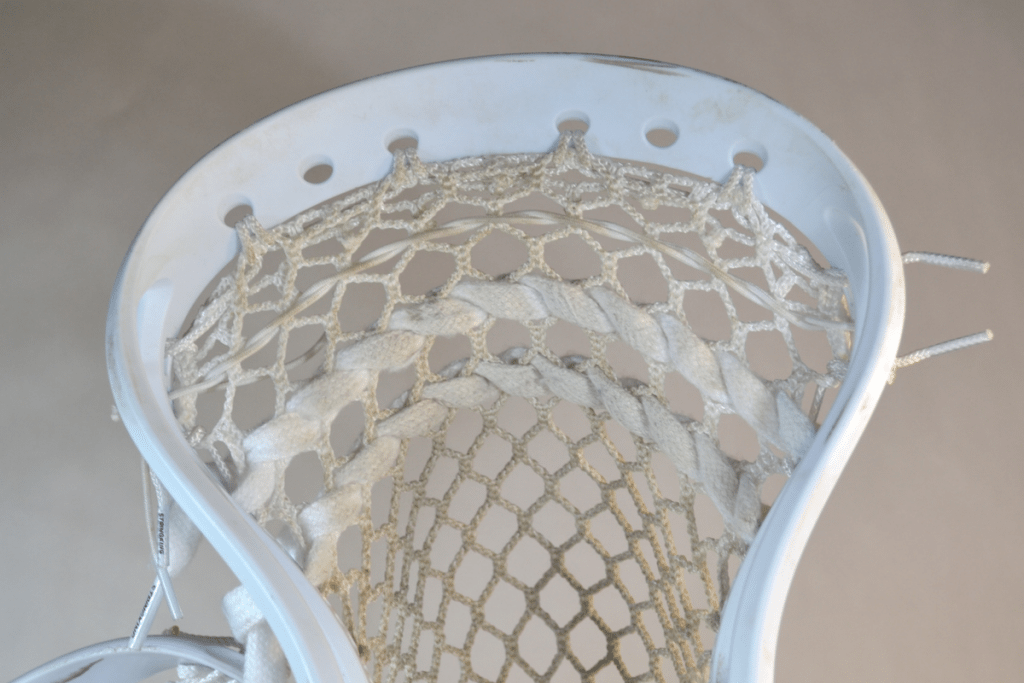
If the shooters are tightly tensioned then they will give you extra hold but a more inconsistent pocket and potentially too much whip. properly strung pockets should create enough hold to where the shooters function as structure and or added feel.
Rolled Shooting Strings
An option you’re likely to have seen, but probably have never tried, is rolled shooting strings. Lacrosse players who use shooting strings that create a runway for the ball, this is something you might wanna try.

Rolled shooters allow players to either make that runway or create a point for the ball to hit off with less whip than weaved shooters. This increased feel is why some players like rolling shooting strings.
Nylon Shooting Strings
Nylon Strings, also referred to as shooting cords or laces, are thin strings that are placed at the top of the lacrosse pocket. A typical lacrosse stringing kit usually includes four sidewall strings and two shooting laces. It’s worth noting that shooting laces are weaker than sidewall strings and shouldn’t be used to attach the mesh to the head. Here is a photo of nylons (cords) vs. shooting strings:
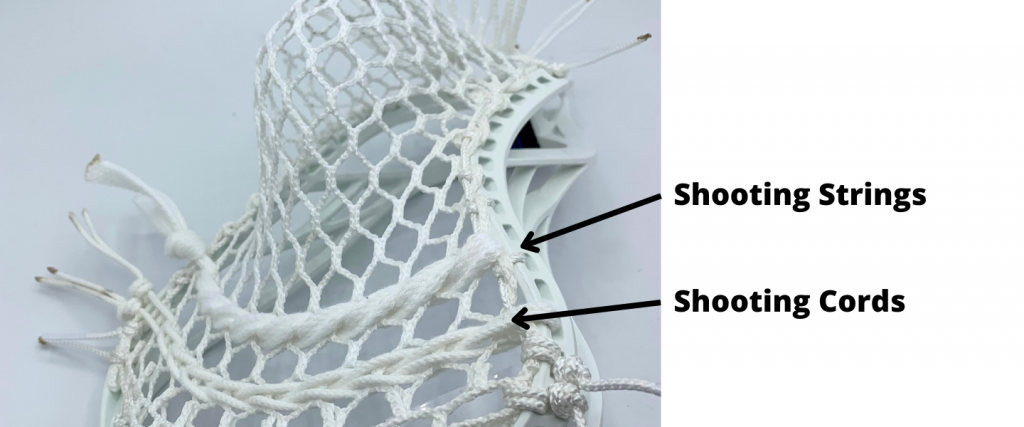
In the sport of lacrosse, there is a common belief that modern lacrosse mesh has made shooting strings less important and more inconsistent. The idea is that if you can create a pocket that offers ball security, hold, and accuracy while being consistent, then why bother with the complexity of shooting strings?
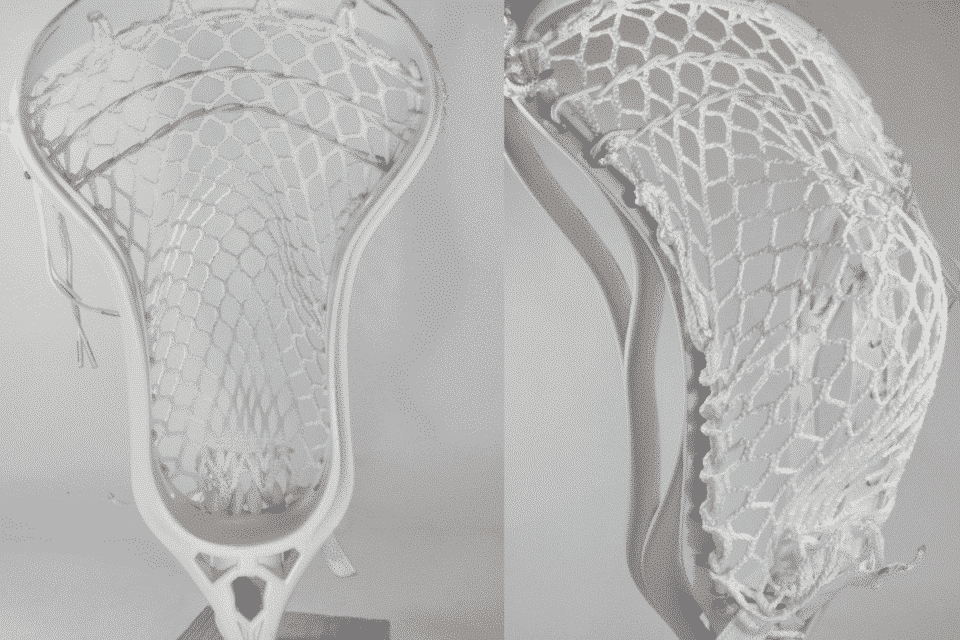
However, the final decision is yours to make. I invite you to experiment and try new things! You could try using nylons to create a unique release point or just scrape shooting strings all together!
Feel free to share your thoughts and insights on this topic! Drop your comments below and let’s start a conversation. Your perspectives and experiences with shooting strings and no shooter pockets are valuable, and we’d love to hear what you have to say. Share your ideas and join the discussion!
No Shooting Strings
Don’t let one little string define you as a lacrosse player. Play outside the realm of what others consider normal. And if a string causes you to miss, then cut it off.
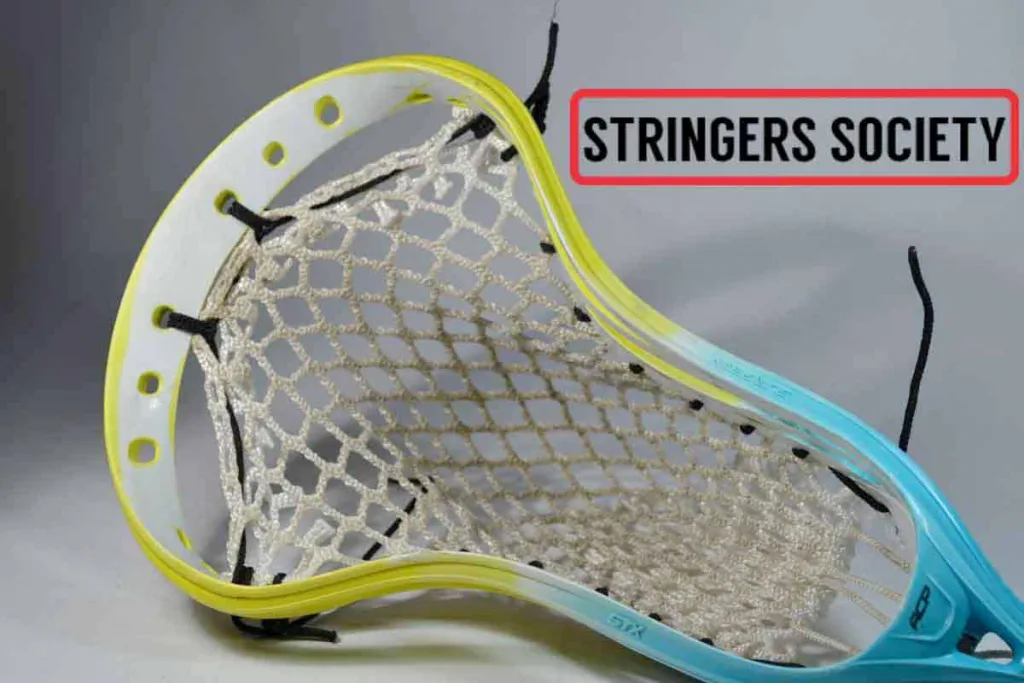
Shooters would cause more harm than good because the hold of the pocket is coming from the pulldown of the Chenango top string. This effect causes a tight channel, lots of hold, and a smooth release. if you need more feel or the feeling of a shooter you can add nylon. If shooters were added to the pocket, it would most likely cause the ball to whip and would definitely make it inconsistent.
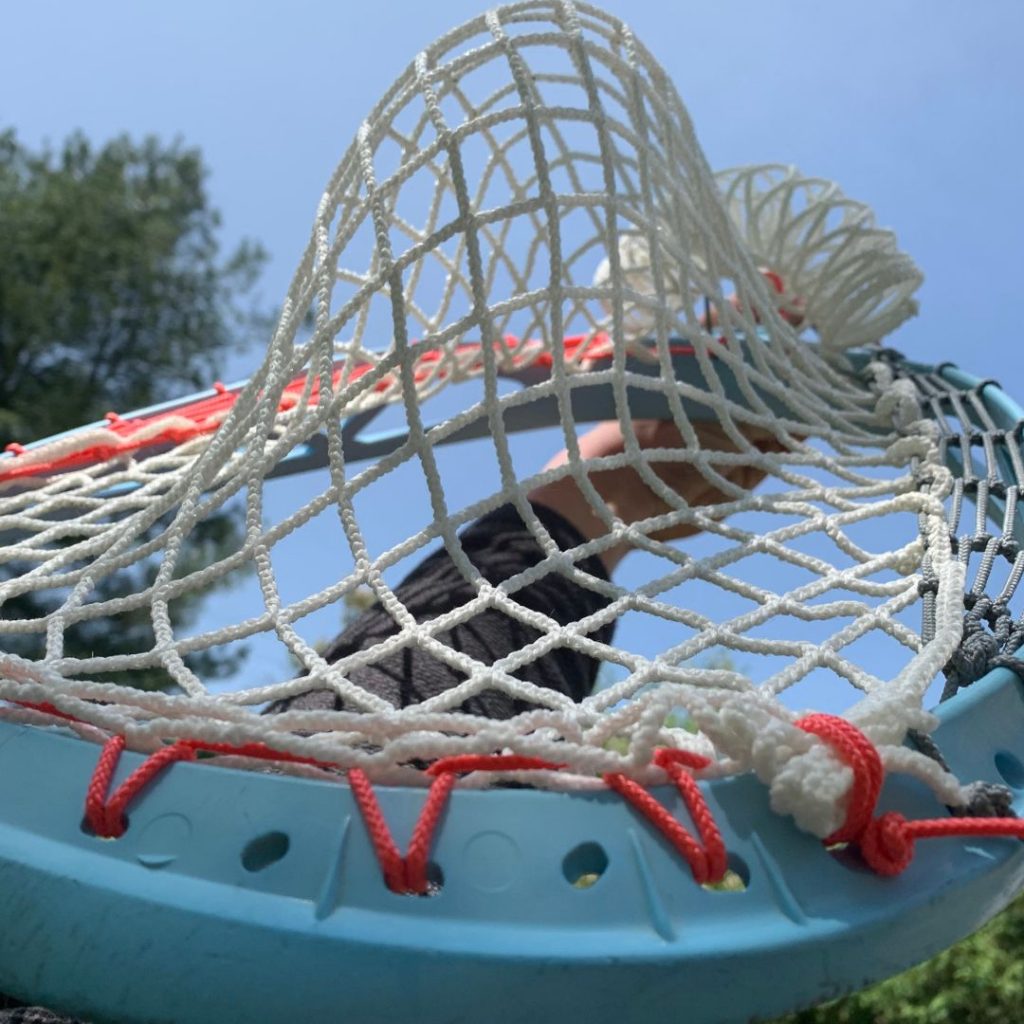
Lacrosse goalies have embraced the trend of not using shooters on their sticks. Clearing the ball is the second most important skill for them, after saving it. Therefore, having a shooting string is not a priority for goalies, as it may cause them to hook on clears.
Shooting Sting Placements
Once you’ve determined your preferred lacrosse shooting style, the next crucial step is selecting the optimal placement. Choose wisely to enhance your precision and effectiveness on the field.
1 Straight Shooters, 1 Nylon – Men’s
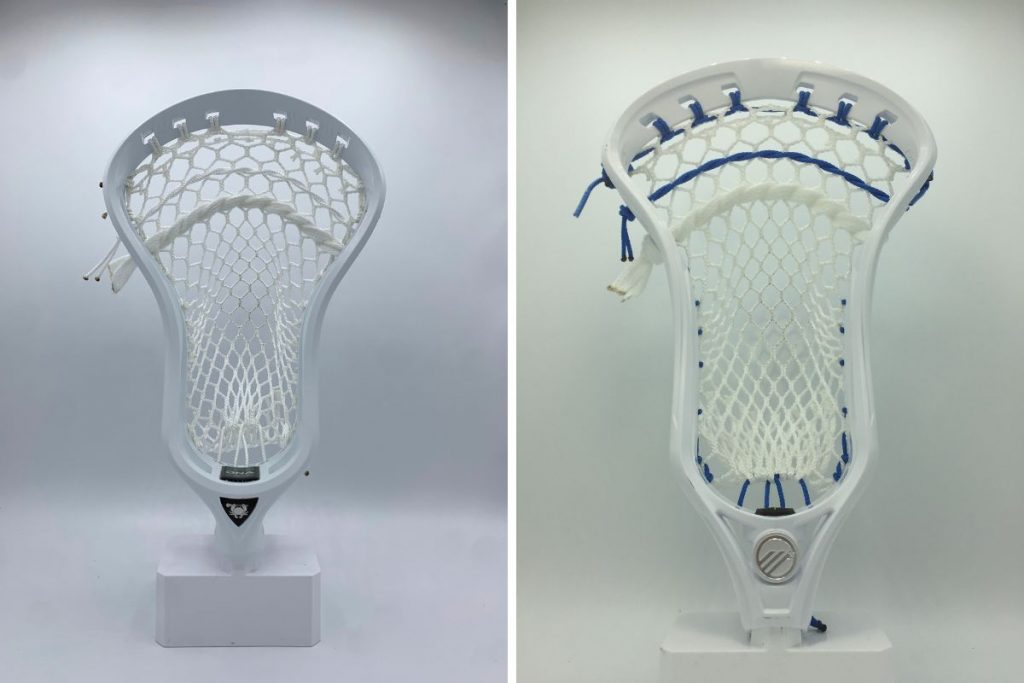
1 Straight Shooters, 2 Nylons – Men’s
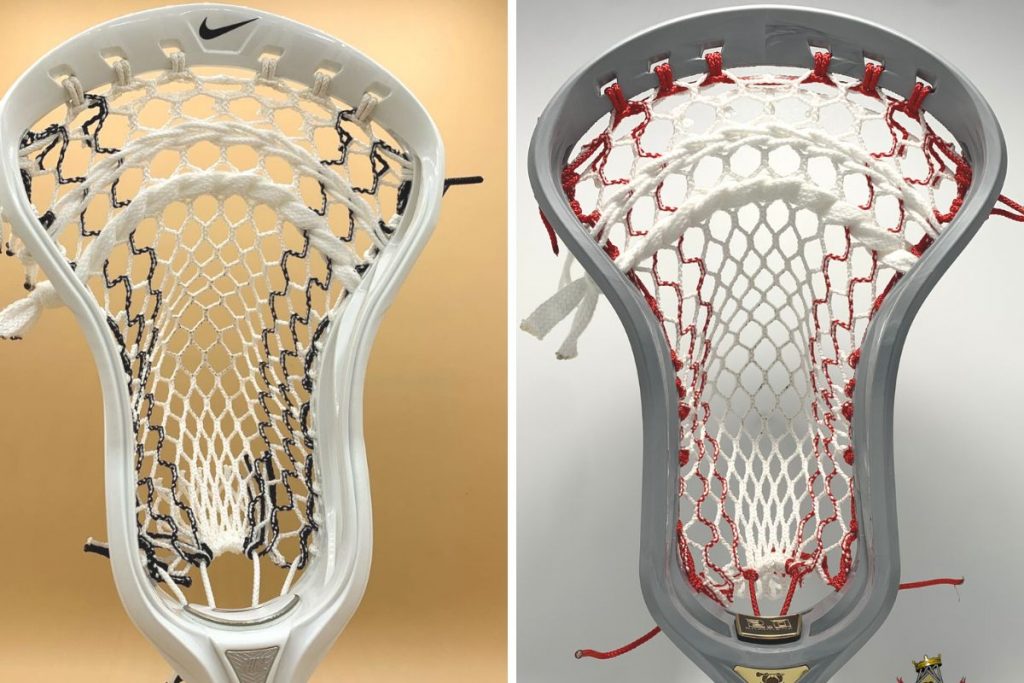
2 Straight Shooters, 1 Nylon – Men’s
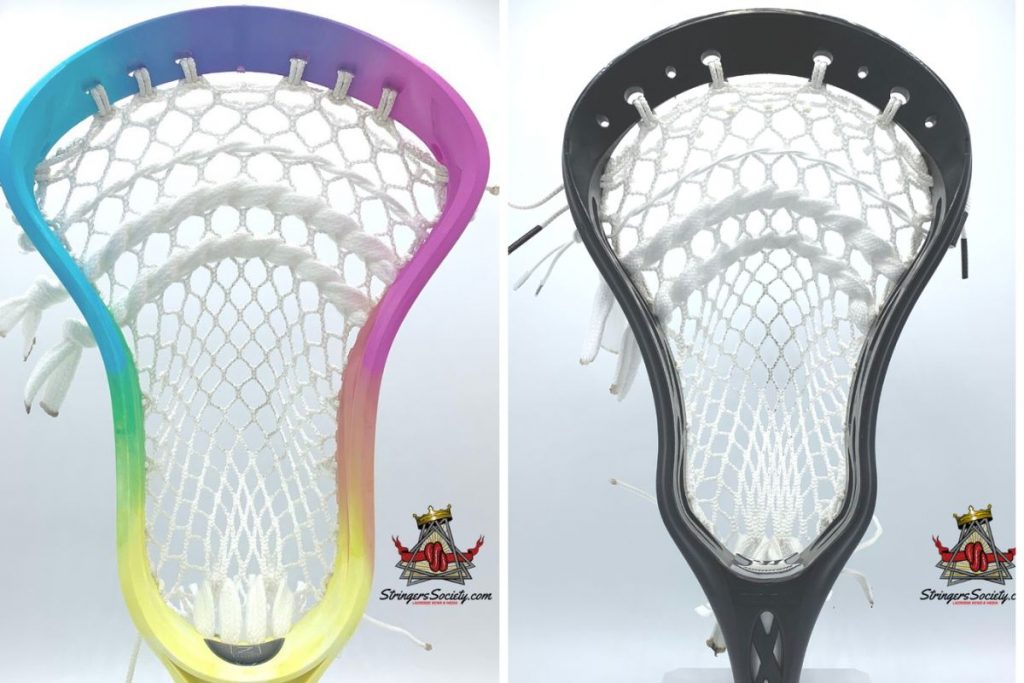
2 Straight Shooters, Stacked Nylon – Men’s
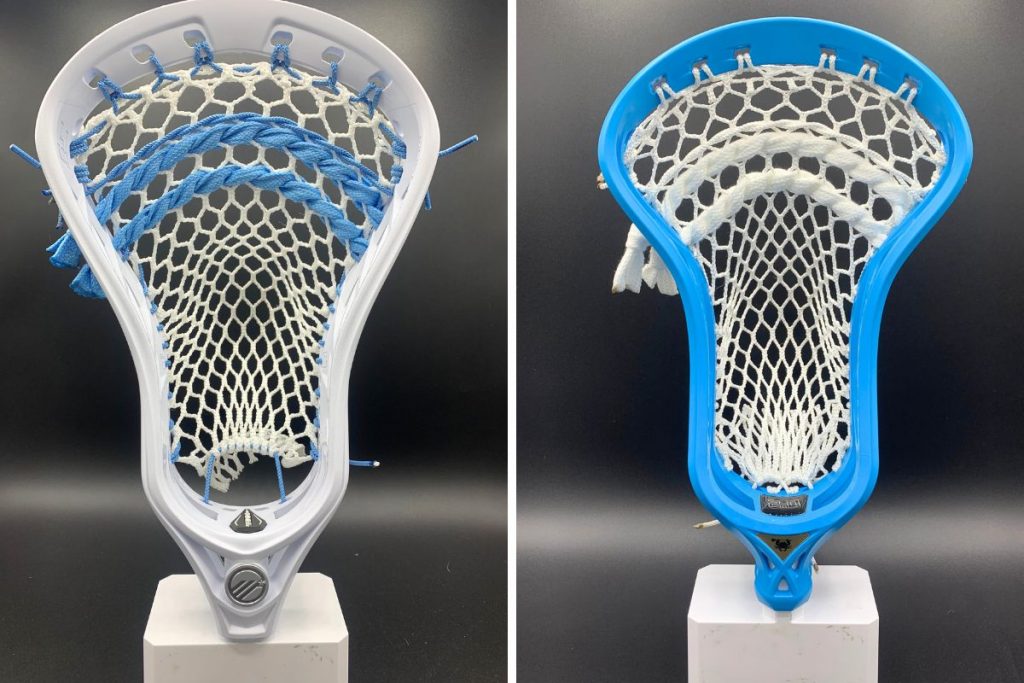
2 Straight Shooters, 2 Laces – Men’s

2 Straight Shooters, No Nylons – Men’s
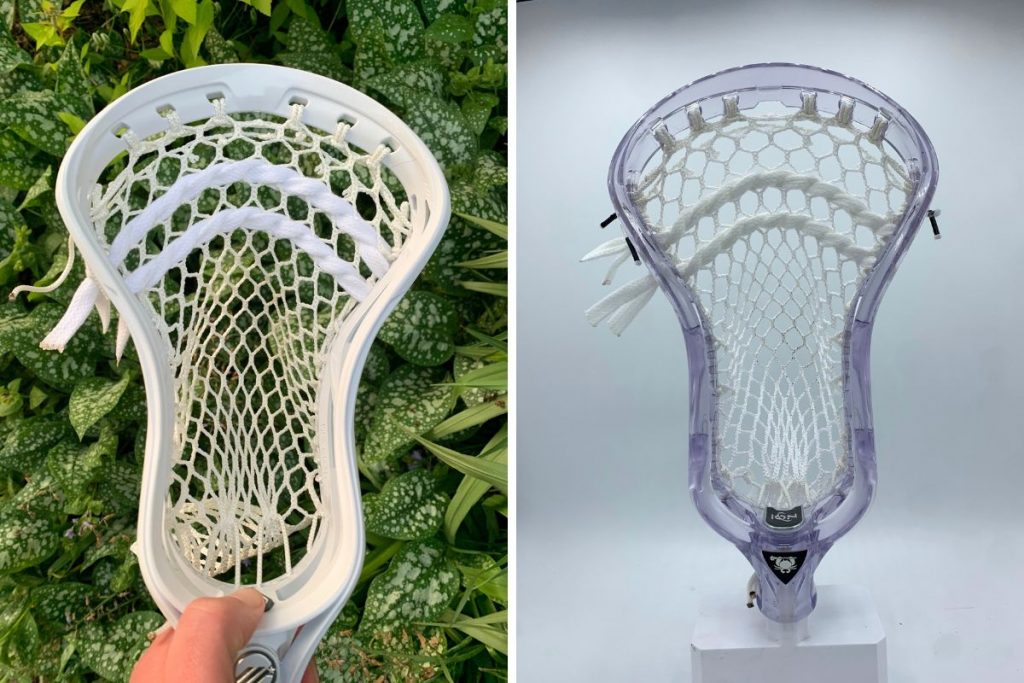
3 Straight Shooters, No Nylons – Men’s
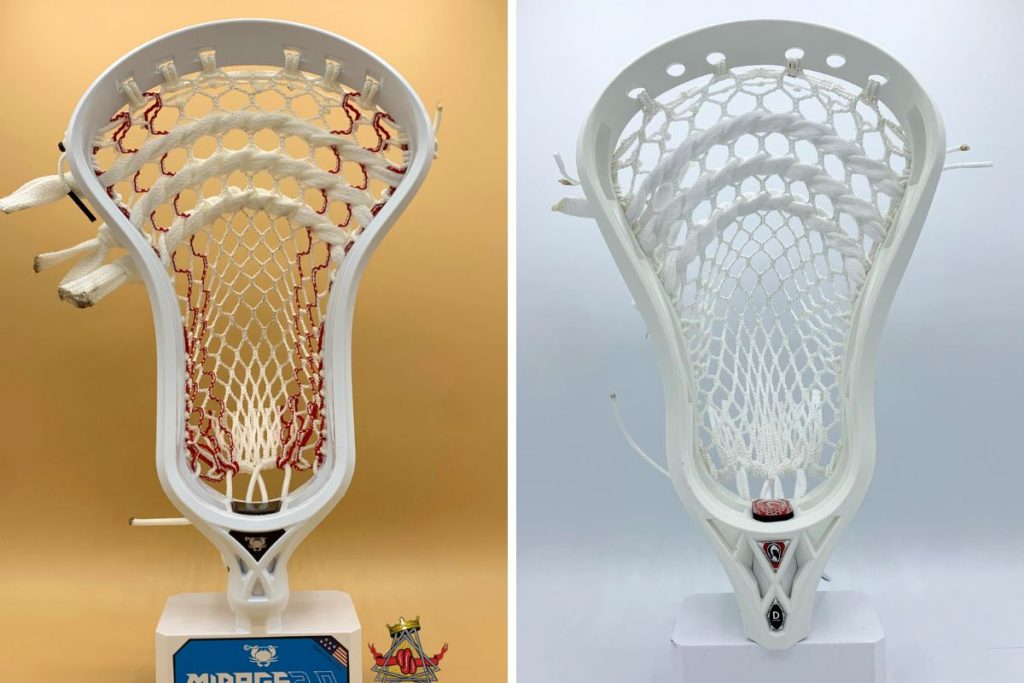
No Shooter – Men’s
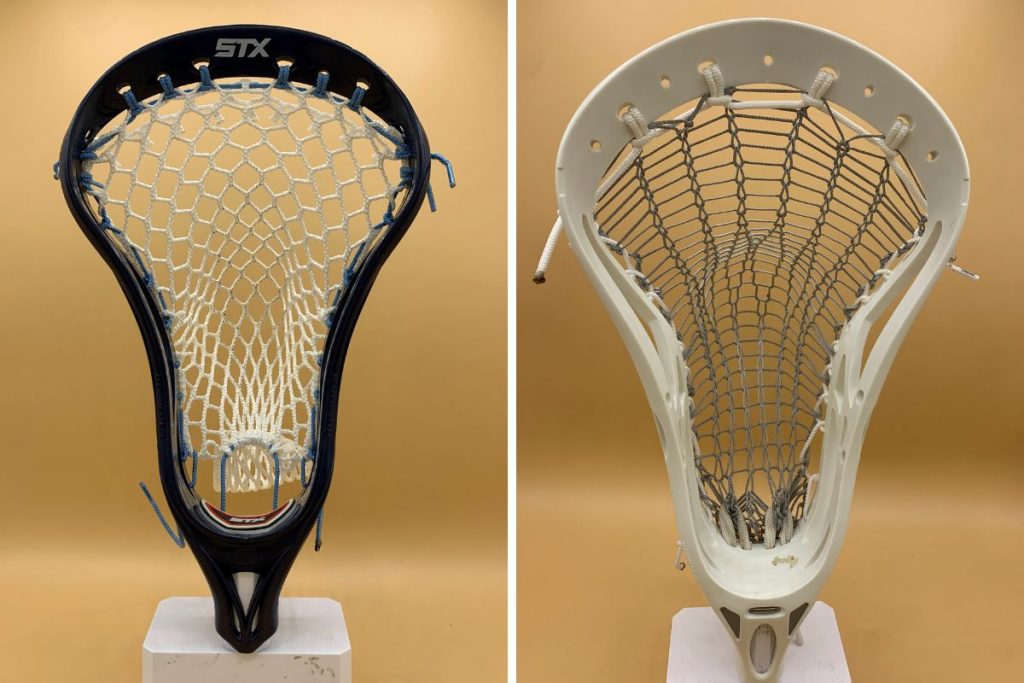
No Shooter Goalie – Unisex

Illegal V Shooting Strings – Men’s
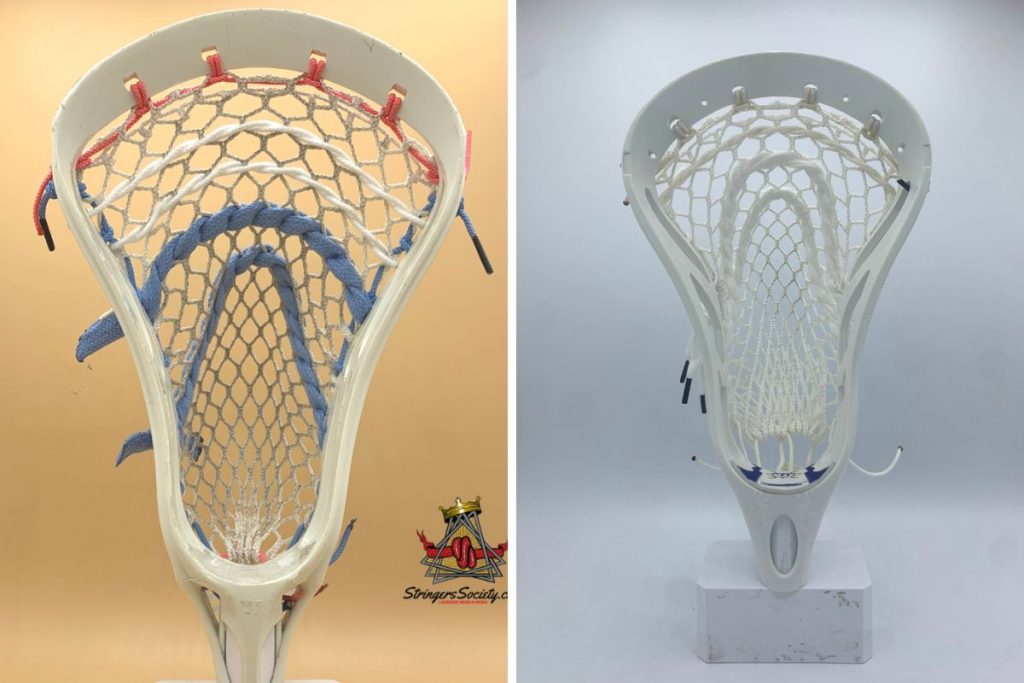
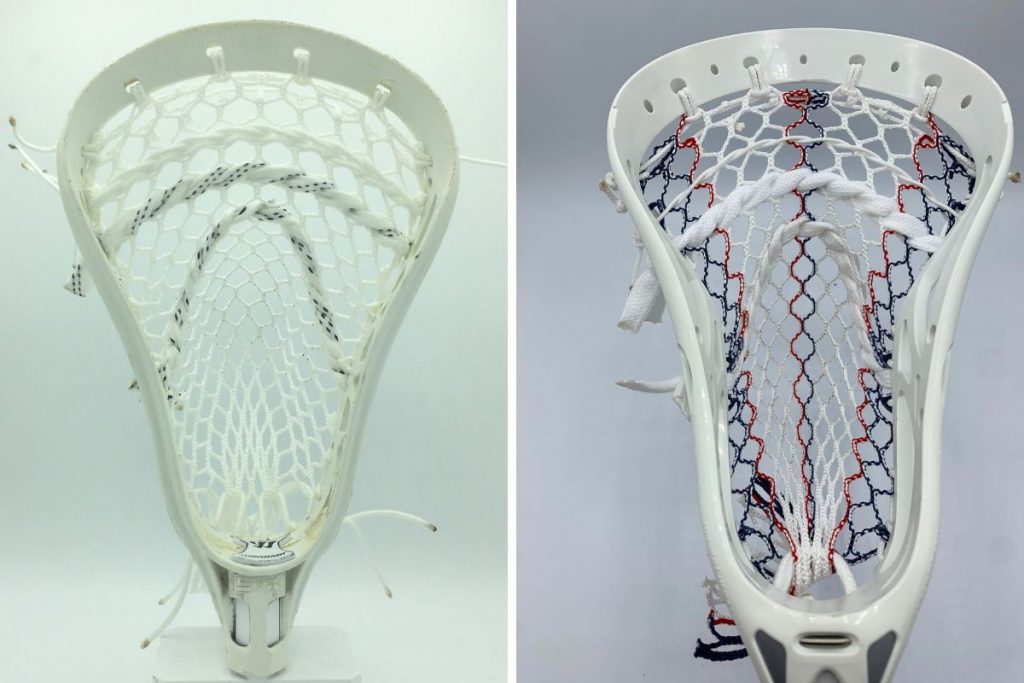
1 V and 1 Single – Women’s

Buy Lacrosse Shooting Strings
LaxRoom Level 6 Shooting Strings take the top spot due to their high-quality materials and bold color options, giving you both performance and personalization for your lacrosse stick.
Buy Lacrosse Shooting Cords
Master your lacrosse game with precision and finesse using our curated selection of the finest Lacrosse Shooting Cords. Designed to elevate your shooting accuracy and control, these cords are meticulously crafted to meet the demands of elite players. Explore our top picks below and take your shooting game to the next level.
Shooting String FAQ
Explore common questions about shooting strings below, and feel free to drop your inquiries in the comments. We’re here to provide answers and enhance your understanding of shooting strings in lacrosse!
Are U strings illegal in lacrosse?
U Strings are prohibited in College, NFHS, and Youth lacrosse leagues. For a comprehensive understanding of lacrosse stick rules, consult our lacrosse stringing guide, where we cover all the essential regulations.
How many shooting strings can you have?
The number of shooting strings you can use depends on the diameter of your lacrosse mesh, with three being typically more than sufficient. However, most players opt for a streamlined approach and stick to using two shooting strings.

